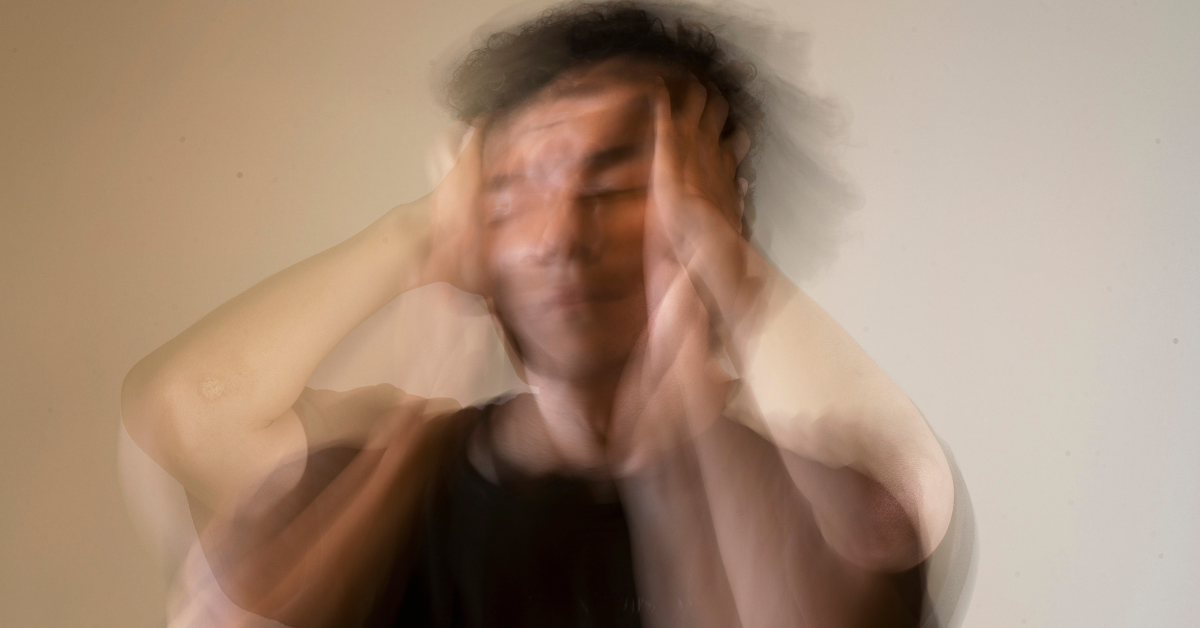Demystifying Anxiety
Introduction
Anxiety is a common chord in life’s rhythm that might crescendo into intense misery or play softly in the background. This blog post attempts to demystify anxiety because clinical psychology is at the forefront of deciphering the intricacies of the human mind. We set out on a thorough investigation to comprehend anxiety from the standpoint of clinical psychology, offering enlightening and compassionate insights.
Defining Anxiety
Anxiety is a complex and multidimensional sensation that goes beyond simple, passing worry. We examine the adaptive nature of anxiety and the thin boundary separating healthy anxiety from clinical illnesses as we delve into the clinical definition of anxiety. Anxiety is a complex emotional condition defined by strong emotions of concern, unease, and trepidation. Both mental and physical symptoms might be present, and they frequently include restlessness, irritation, muscle tightness, and trouble concentrating. Anxiety can affect a person’s everyday functioning and general well-being in important ways, ranging from moderate and temporary to severe and persistent. It can vary in severity and length and typically emerges in response to perceived stressors or threats, real or imagined. Chronic anxiety can have a negative impact on both mental and physical health, which emphasizes how crucial it is to comprehend and control this difficult emotional experience.
The Spectrum of Anxiety Disorders
From social anxiety and panic disorder to generalized anxiety disorder (GAD), clinical psychology acknowledges a range of anxiety disorders. We examine every illness, elucidating the distinctive features that set them apart and stressing the significance of a precise diagnosis. Anxiety disorders comprise a wide range of mental health diseases, each with distinct characteristics and symptoms. An overwhelming fear of social situations and scrutiny is a hallmark of social anxiety disorder, whereas panic disorder is characterized by frequent, unprovoked panic attacks that are frequently coupled with a sense of impending doom. The hallmark of generalized anxiety disorder (GAD) is excessive and ongoing concern over a variety of life issues, including relationships, employment, and health. The way a person functions on a daily basis and their general quality of life can be greatly impacted by these disorders. Accurate diagnosis is essential for developing successful treatment plans because various anxiety disorders may call for various therapy modalities. Clinicians can more effectively direct patients toward the right interventions by being aware of the subtle differences across anxiety spectrum disorders.
Understanding the Neurobiology of Anxiety
We turn to the complex dance of neurotransmitters and circuits in the brain to fully understand anxiety. We illuminated the neurobiological bases of anxiety, from the amygdala’s function in fear reactions to the relaxing effects of neurotransmitters like serotonin.
Root Causes and Triggers
Anxiety frequently stems from deeply ingrained personal histories. Clinical psychology investigates a range of triggers and underlying reasons, ranging from genetic predispositions to traumatic events. Comprehending these sources is essential to creating interventions that work.
The Role of Cognitive Factors
Anxiety is not just a bodily reaction; it also interacts with cognitive functions. We look at cognitive elements that contribute to the persistence of anxiety, such as illogical beliefs, catastrophic thinking, and cognitive distortions.
Behavioral Manifestations of Anxiety
Anxiety affects more than just the intellect; it also shapes actions and behaviors. Clinical psychology studies the safety-seeking techniques, compulsions, and avoidance behaviors people use to deal with anxiety—many of which unintentionally strengthen the anxiety’s hold.
Evidence-Based Treatments
A wide range of tools are available in clinical psychology to address anxiety. We examine evidence-based therapies that enable people to control and conquer anxiety, such as cognitive-behavioral therapy (CBT), exposure therapy, and medication.
Building Resilience and Coping Strategies
Anxiety does not have to be an impassable barrier. Clinical psychology helps people become more resilient by helping them create coping mechanisms. We look at flexible coping strategies and emphasize the value of creating a customized toolkit to help you deal with life’s obstacles.
Conclusion
It takes thorough and empathetic comprehension to demystify worry. Anxiety is revealed by the clinical lens to be the result of a dynamic interaction between biological, psychological, and social elements. Through acceptance of this intricacy, patients and medical professionals can cooperate to untangle anxiety’s webs, opening the door to a path toward resiliency, self-determination, and enduring wellbeing. In the field of clinical psychology, explaining anxiety is not just a teaching tool; it also serves as a helpful guide for people who are attempting to make sense of the confusing inner workings of their own nervous systems.
